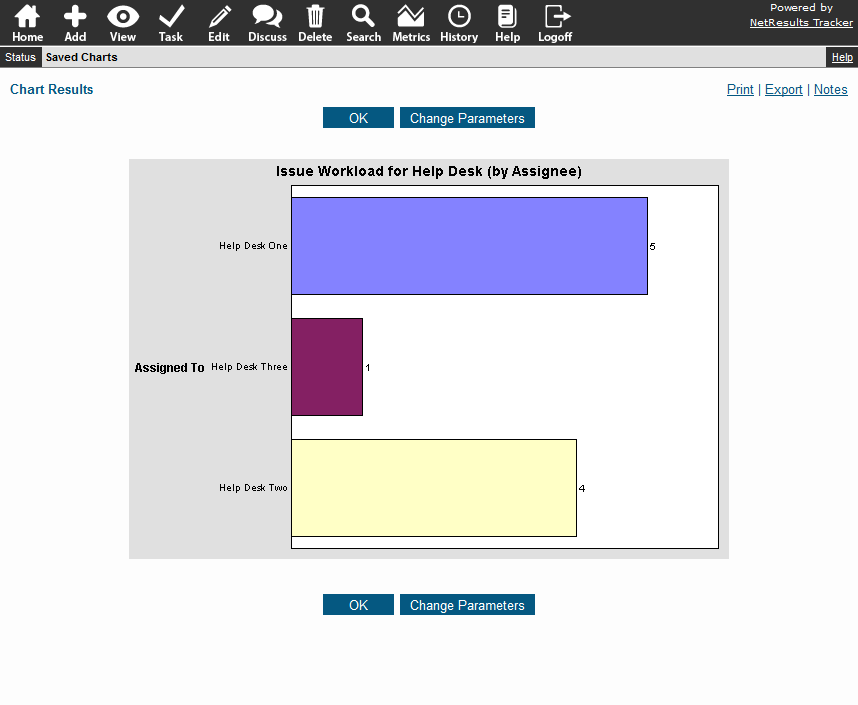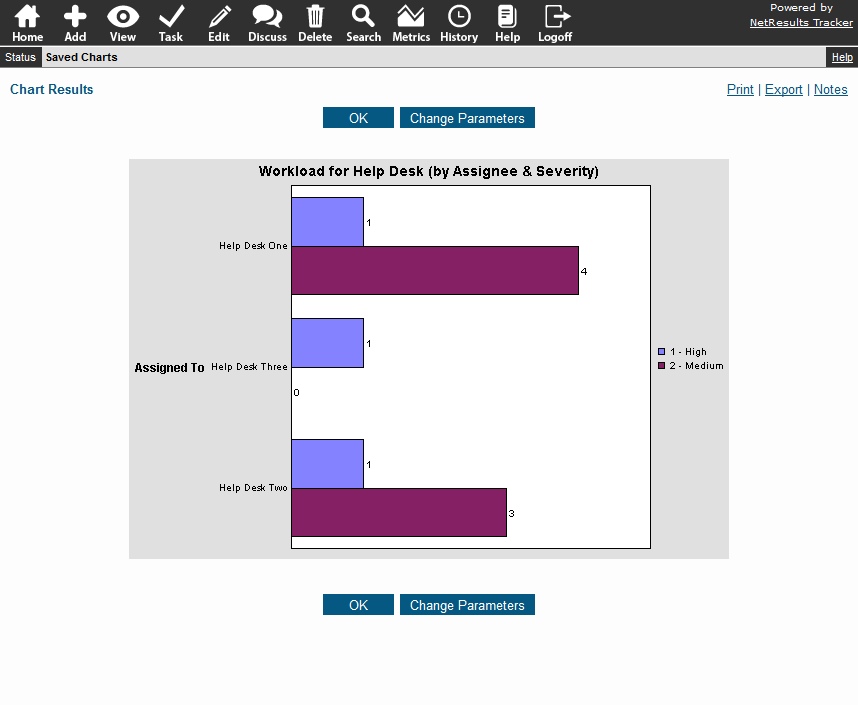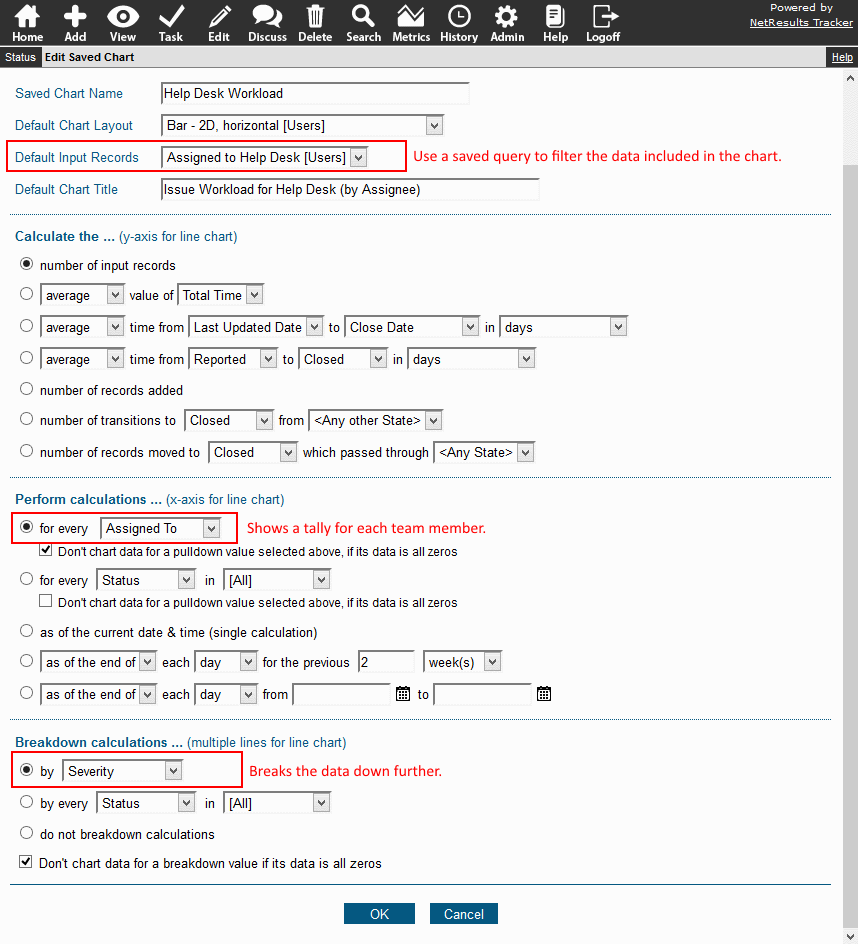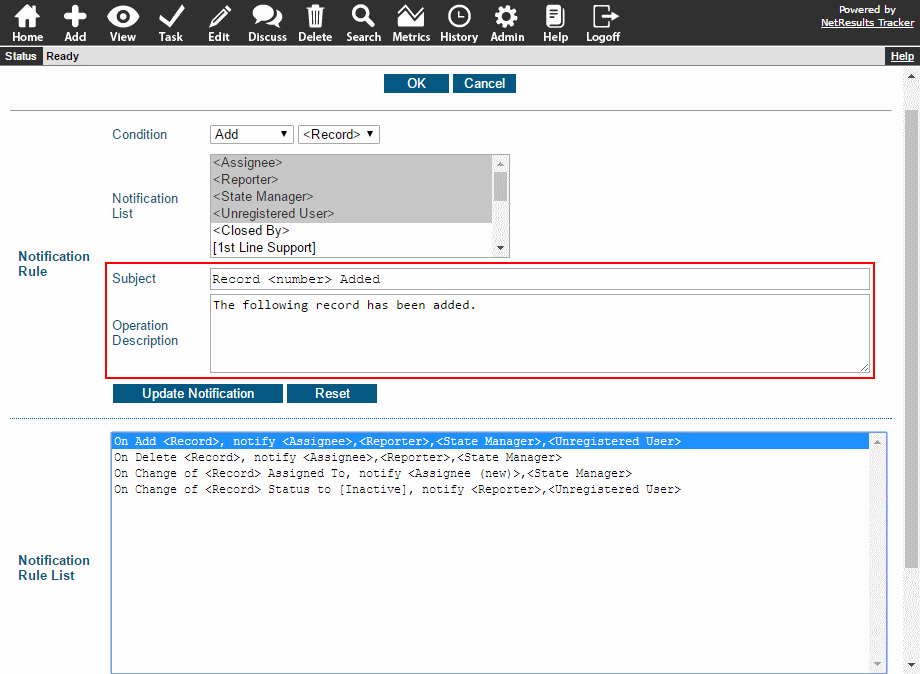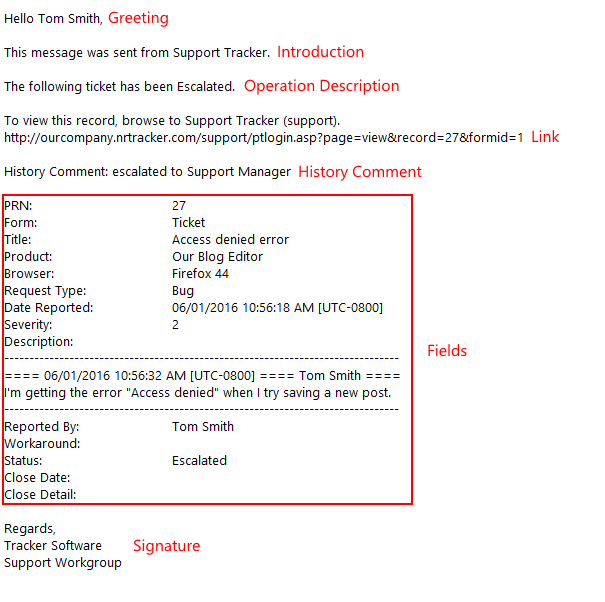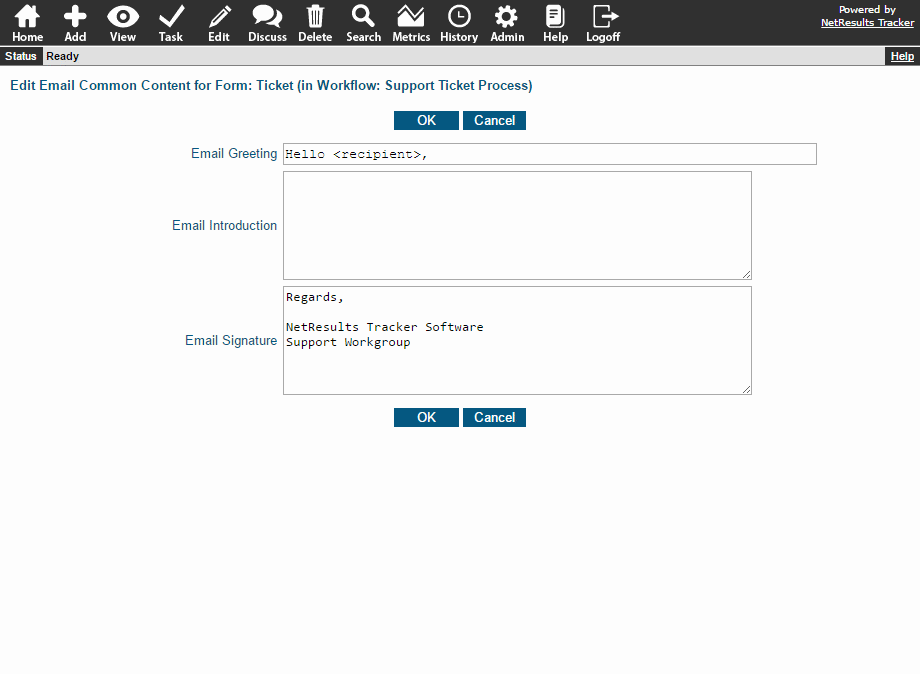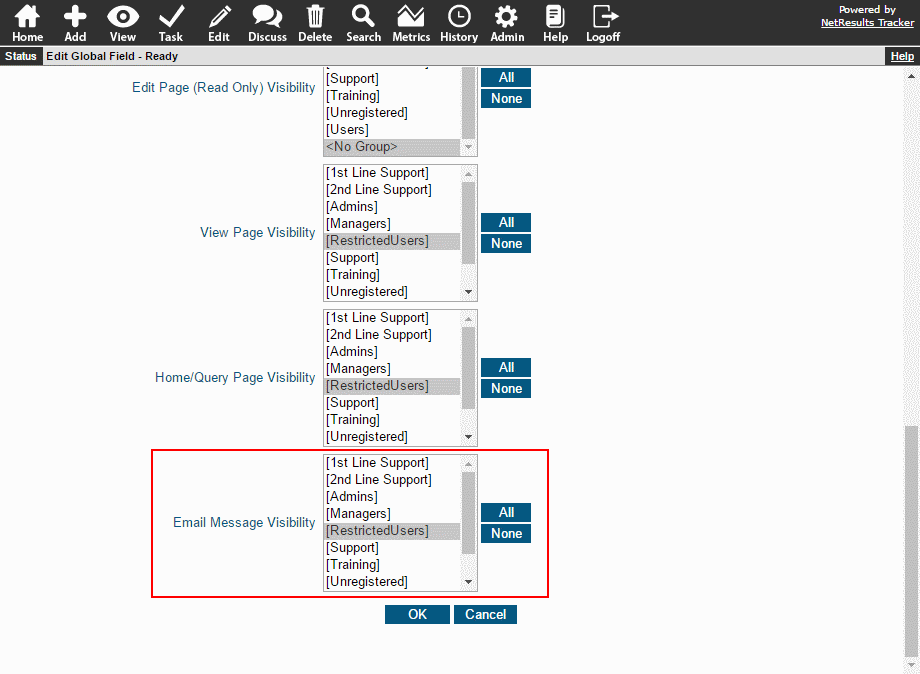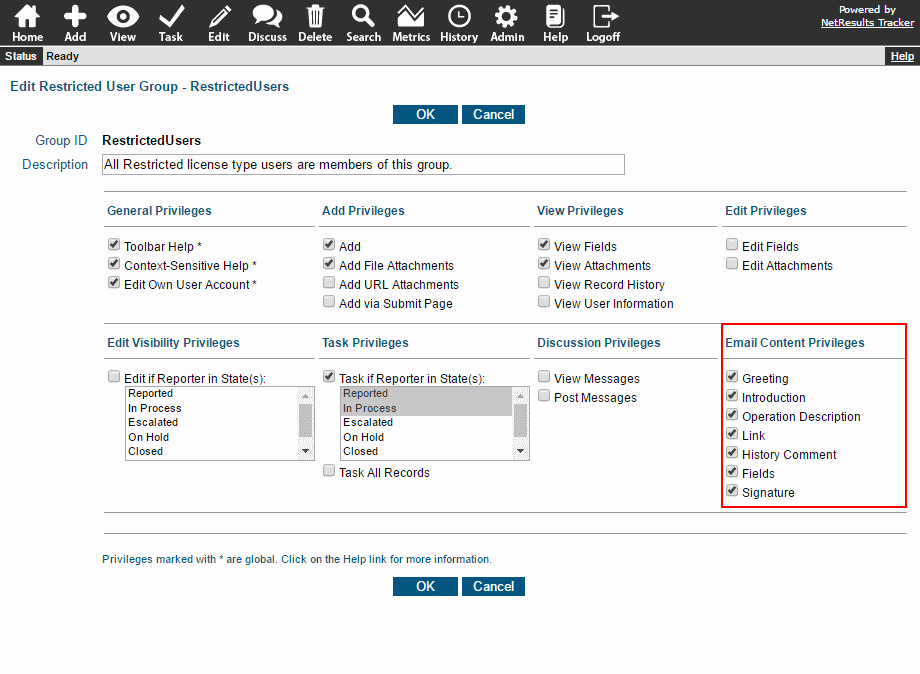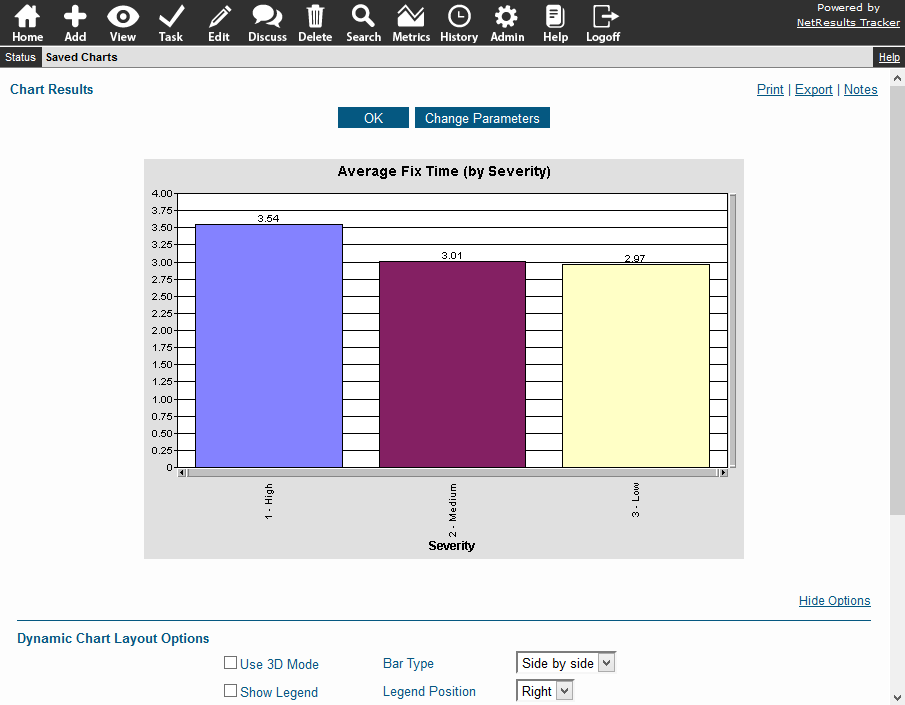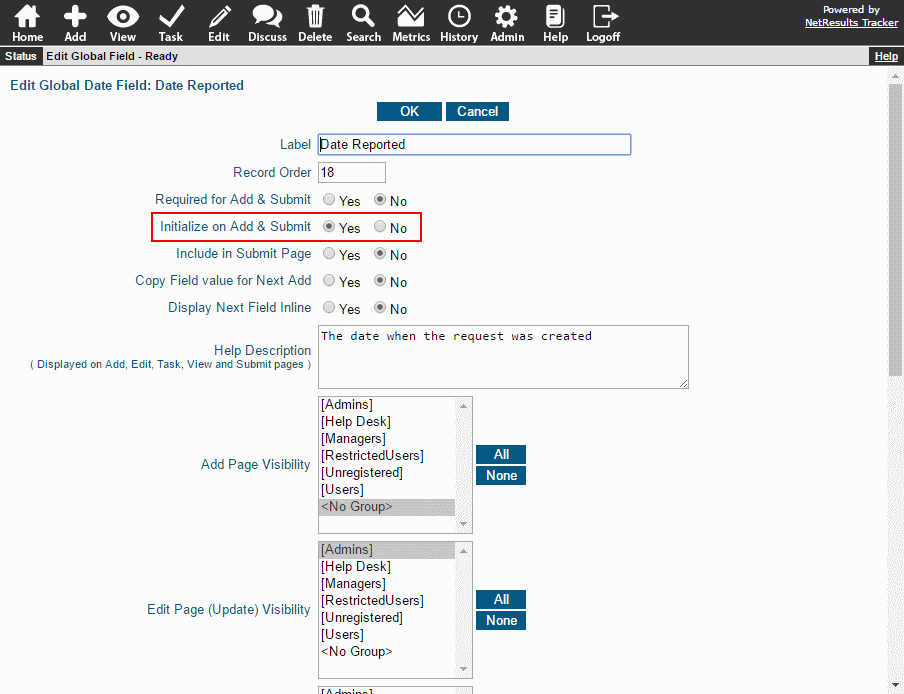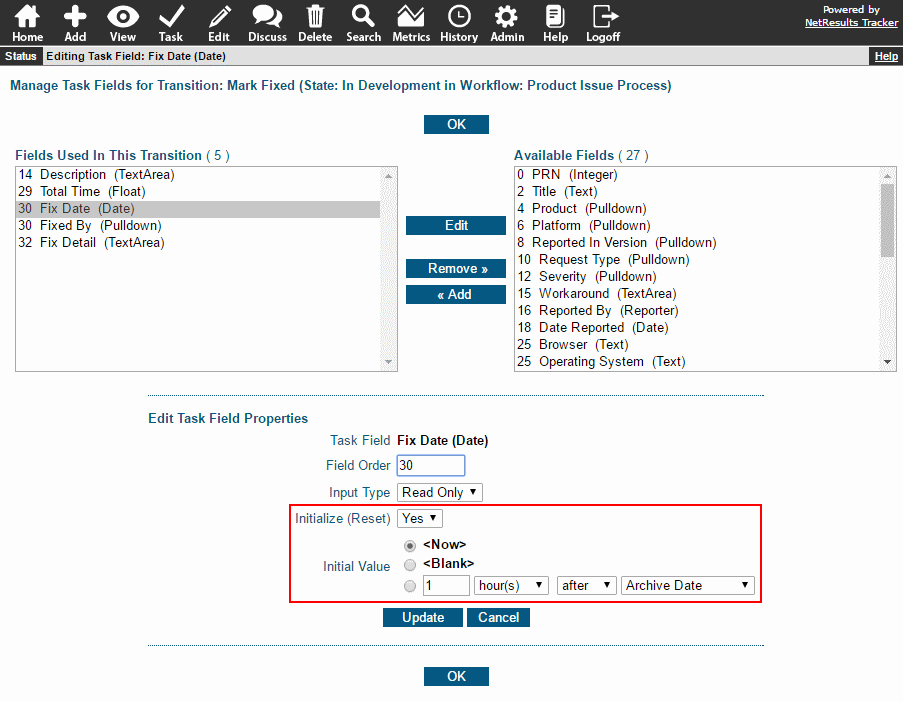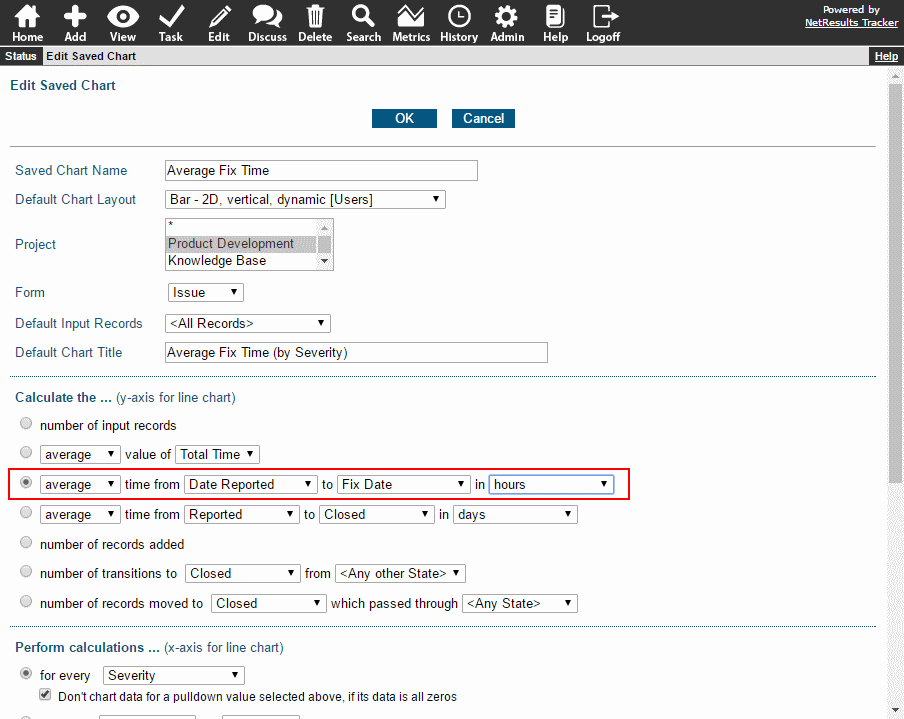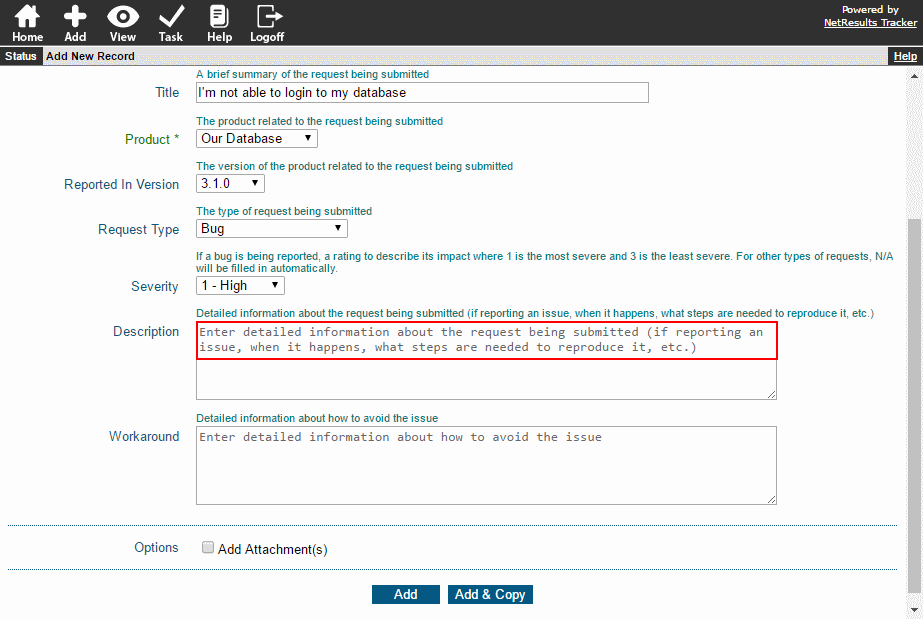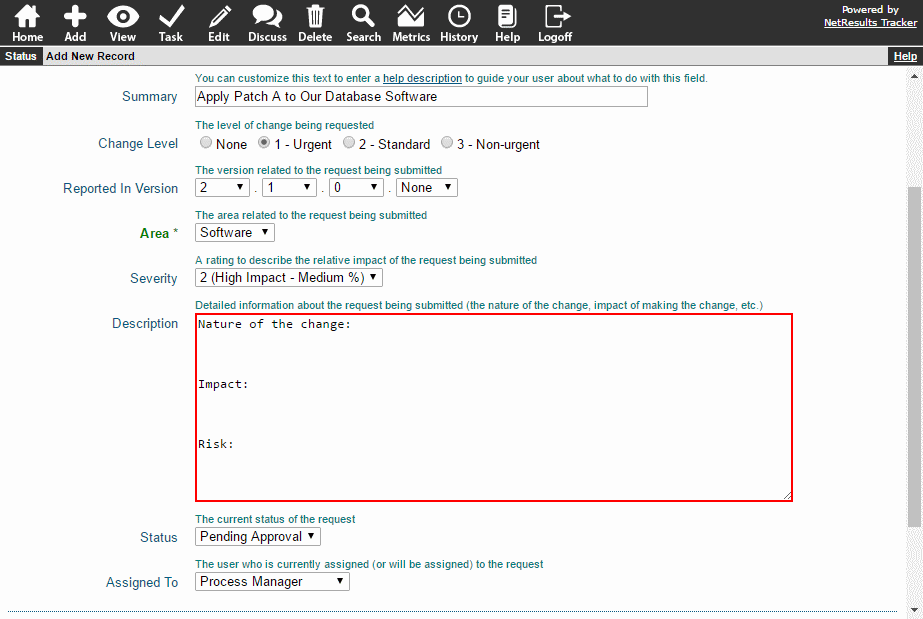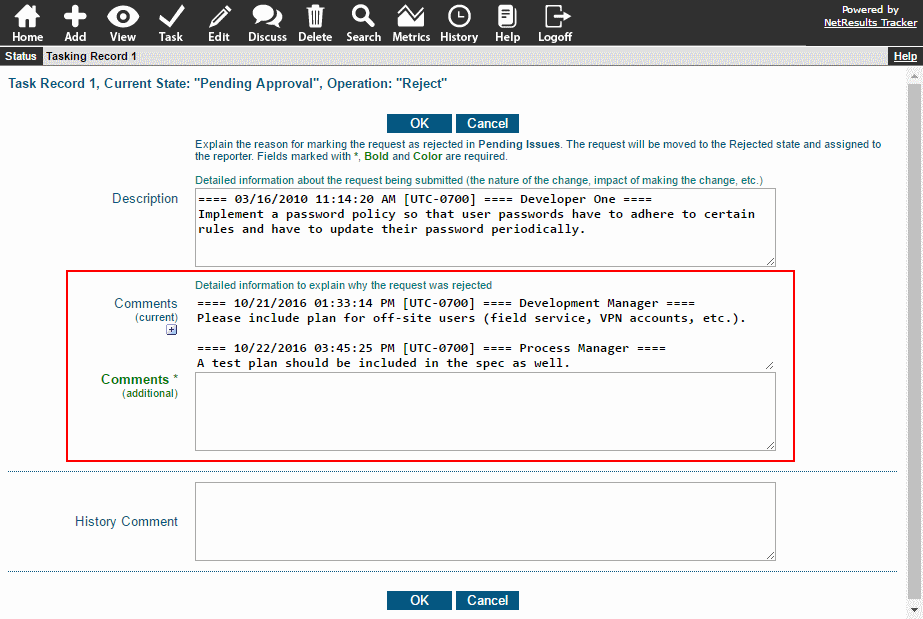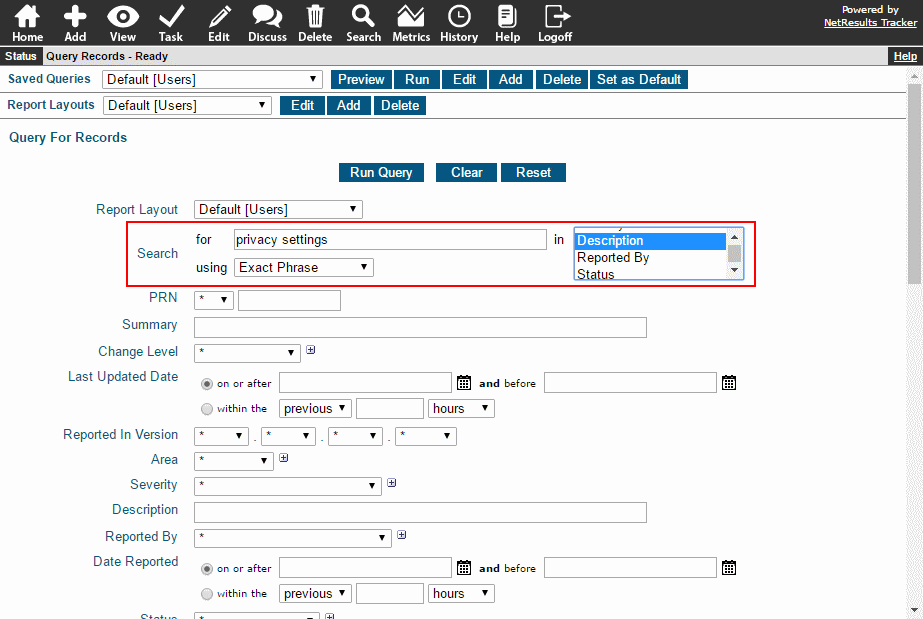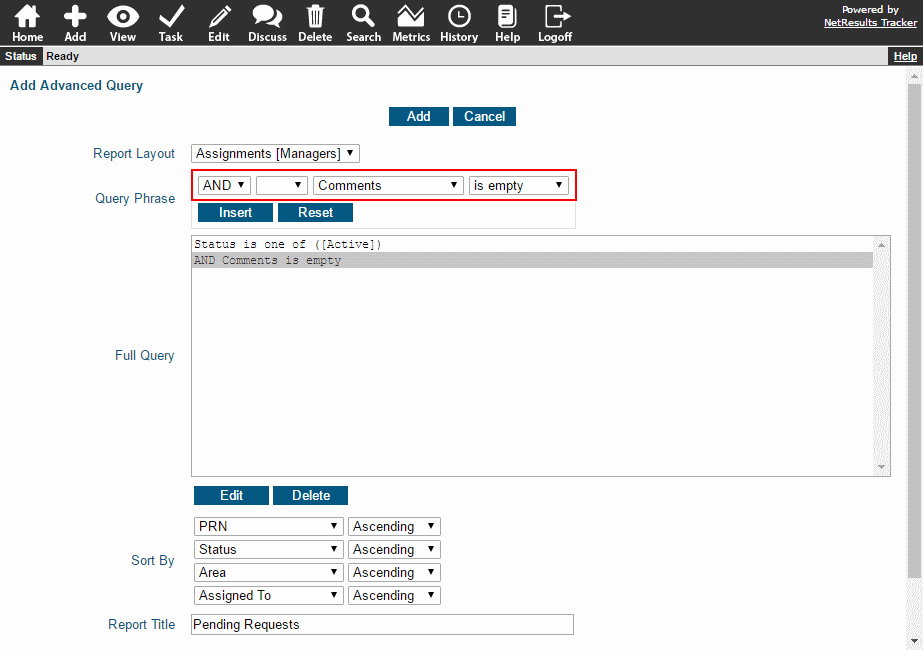The Record History remembers everything and will give you the info you want anytime you ask. Learn more about this reliable friend.
It Knows ALL
Any time changes are made to a record, the details are recorded in the audit trail. You can see who made changes, when the changes were made and other pieces of information as they were at that time, such as, who was assigned to the record and its status.
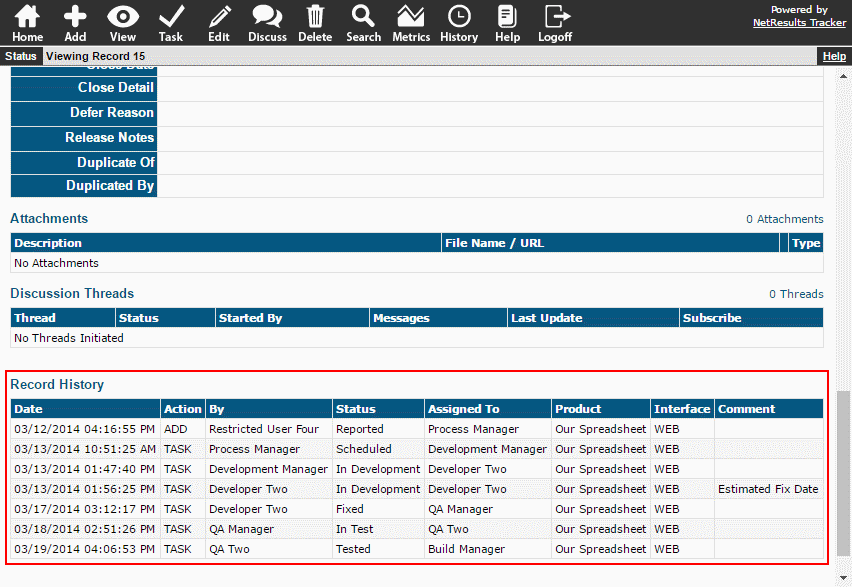
It Shares Information
Want to know what was changed in the system last week? Run a history search by clicking on the History icon at the top.
You can even search by keyword in the Comments field that can be updated when records are modified via Edit, Task and some Admin operations.
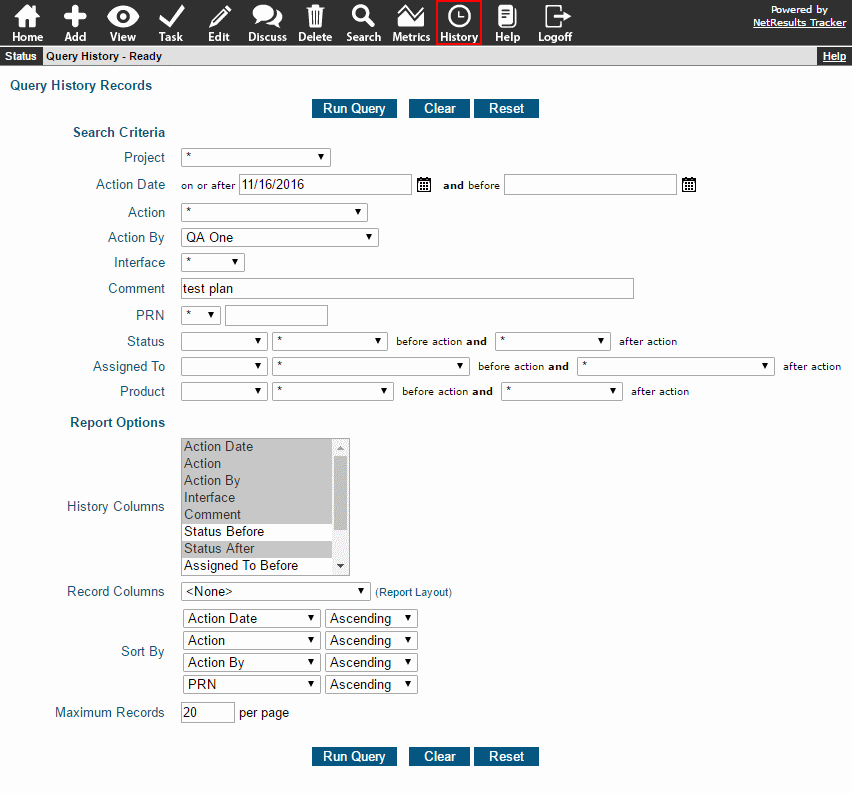
It Can Be Hidden
Access to the record history and the search function are tied to user group privileges so that you can keep this valuable wealth of information safe from unauthorized users.
The History privilege provides access to the search feature.
A View Record History privilege is available for showing the audit trail on the View and Edit pages.
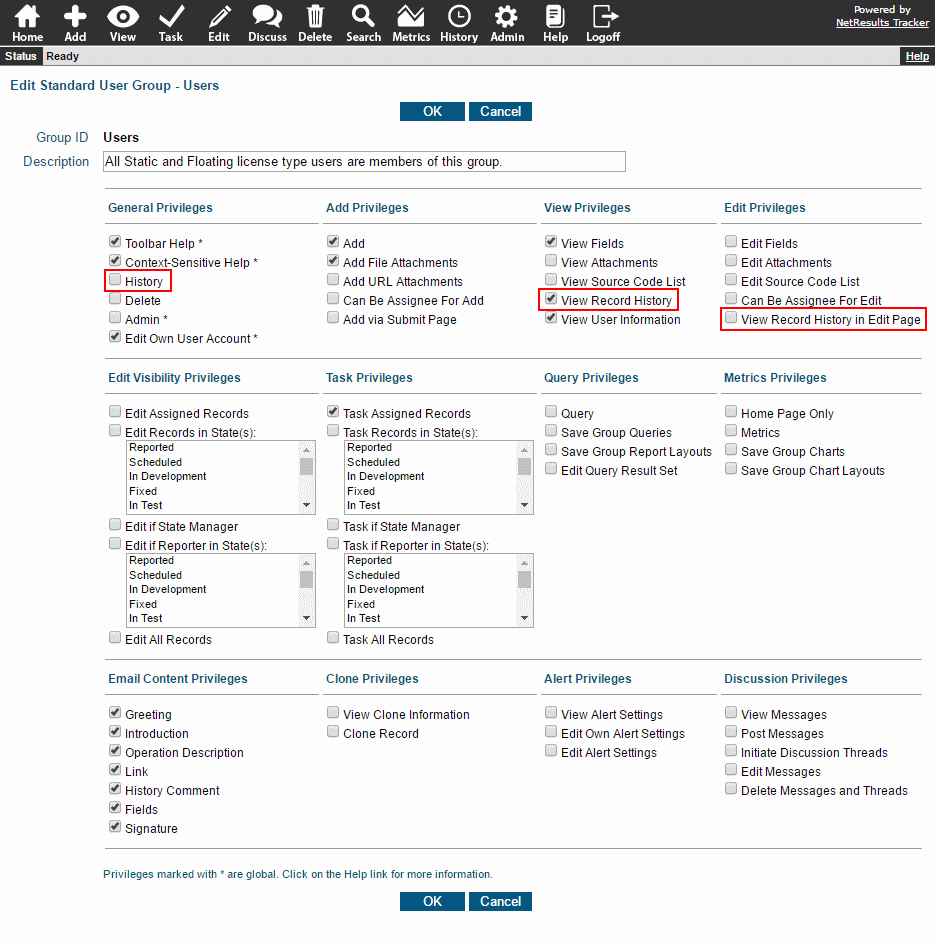
The history can be displayed during the Task operation via an option available when creating a transition.
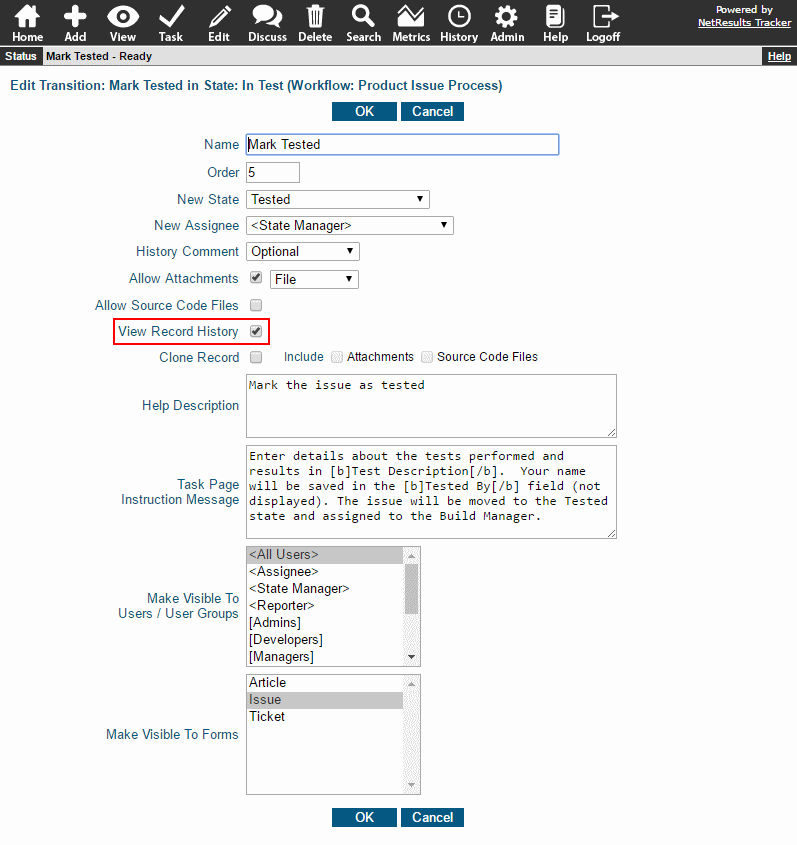
For more information, check out the Record History section of the Online Help Guide.

